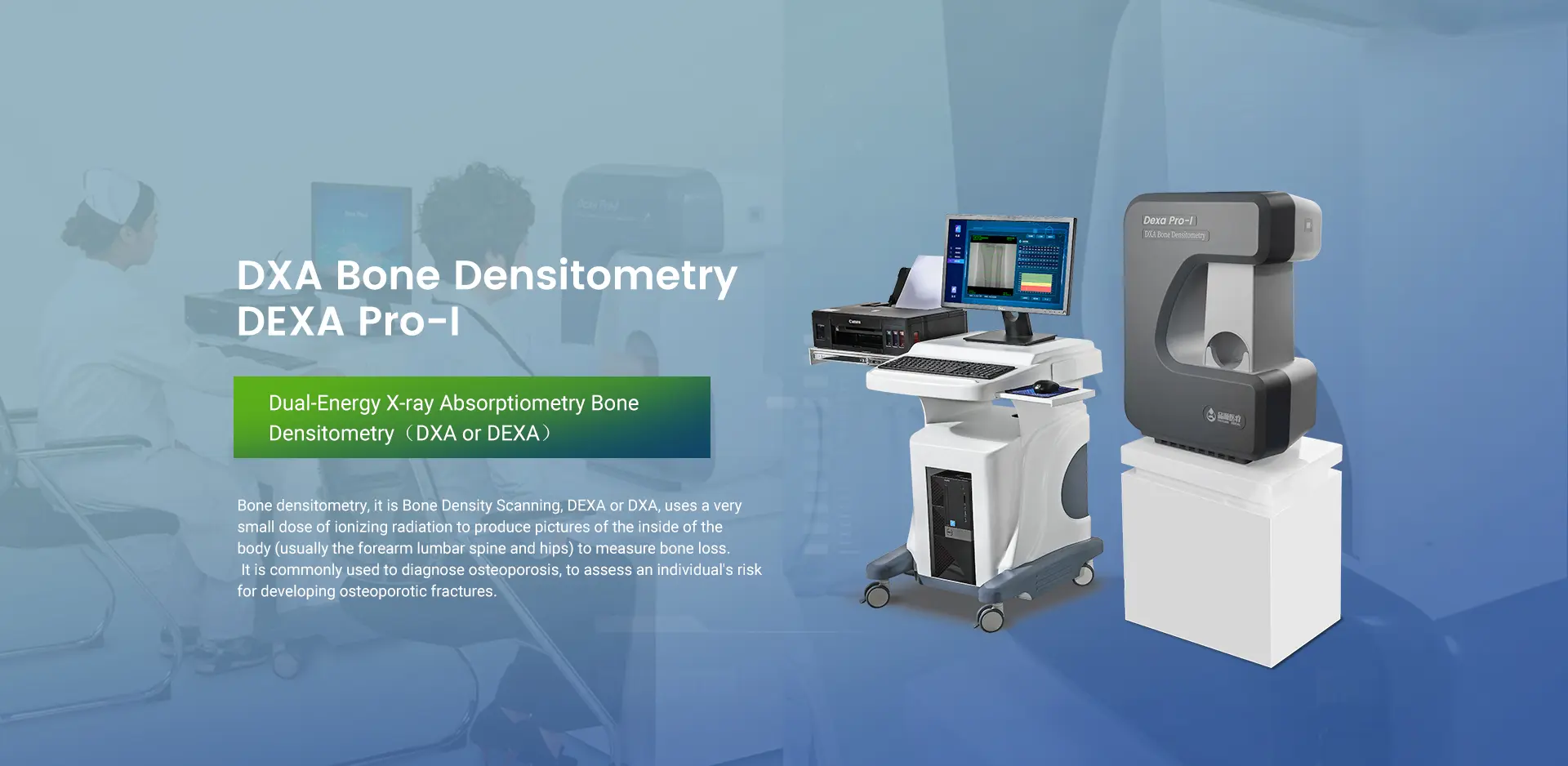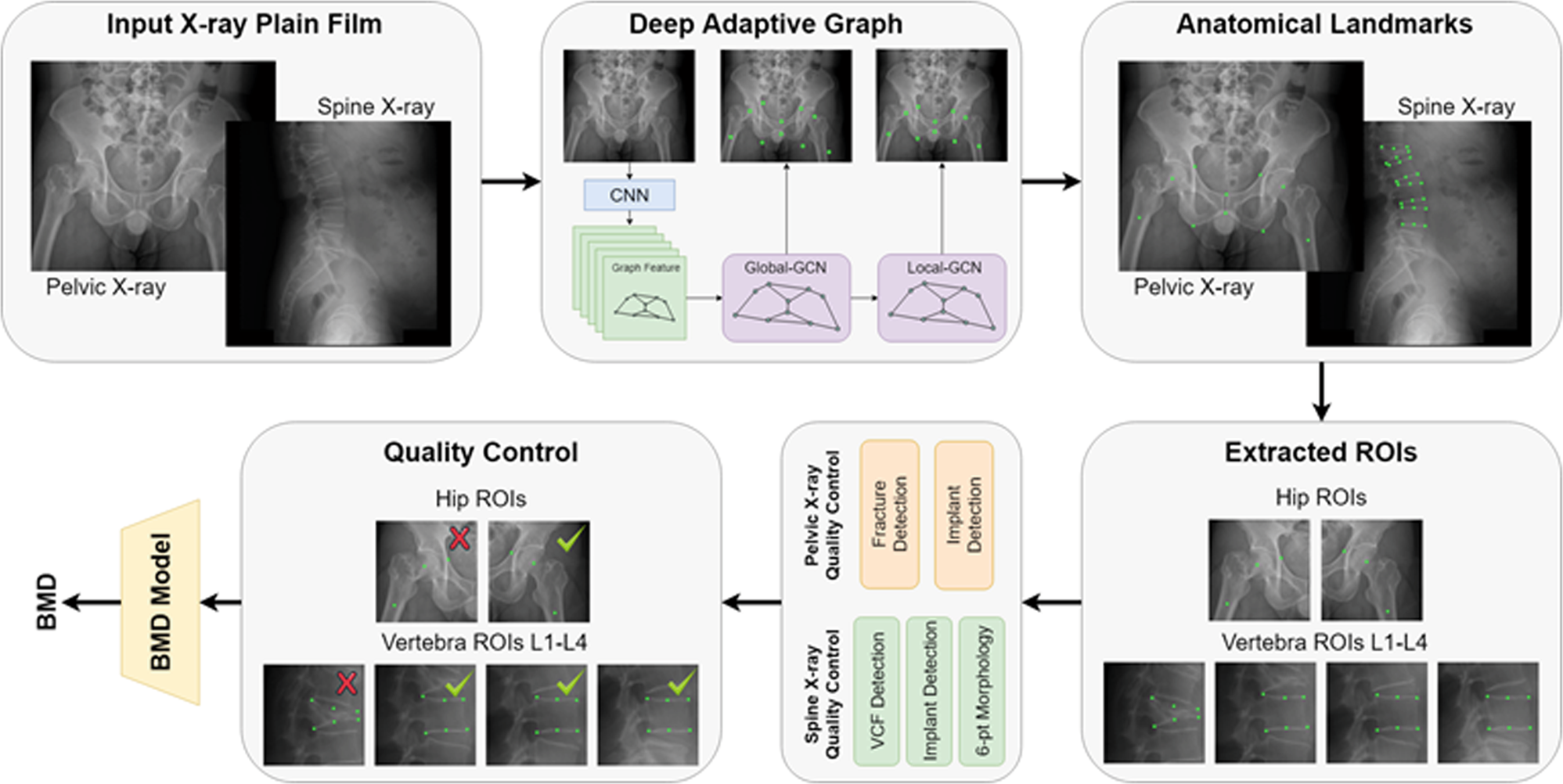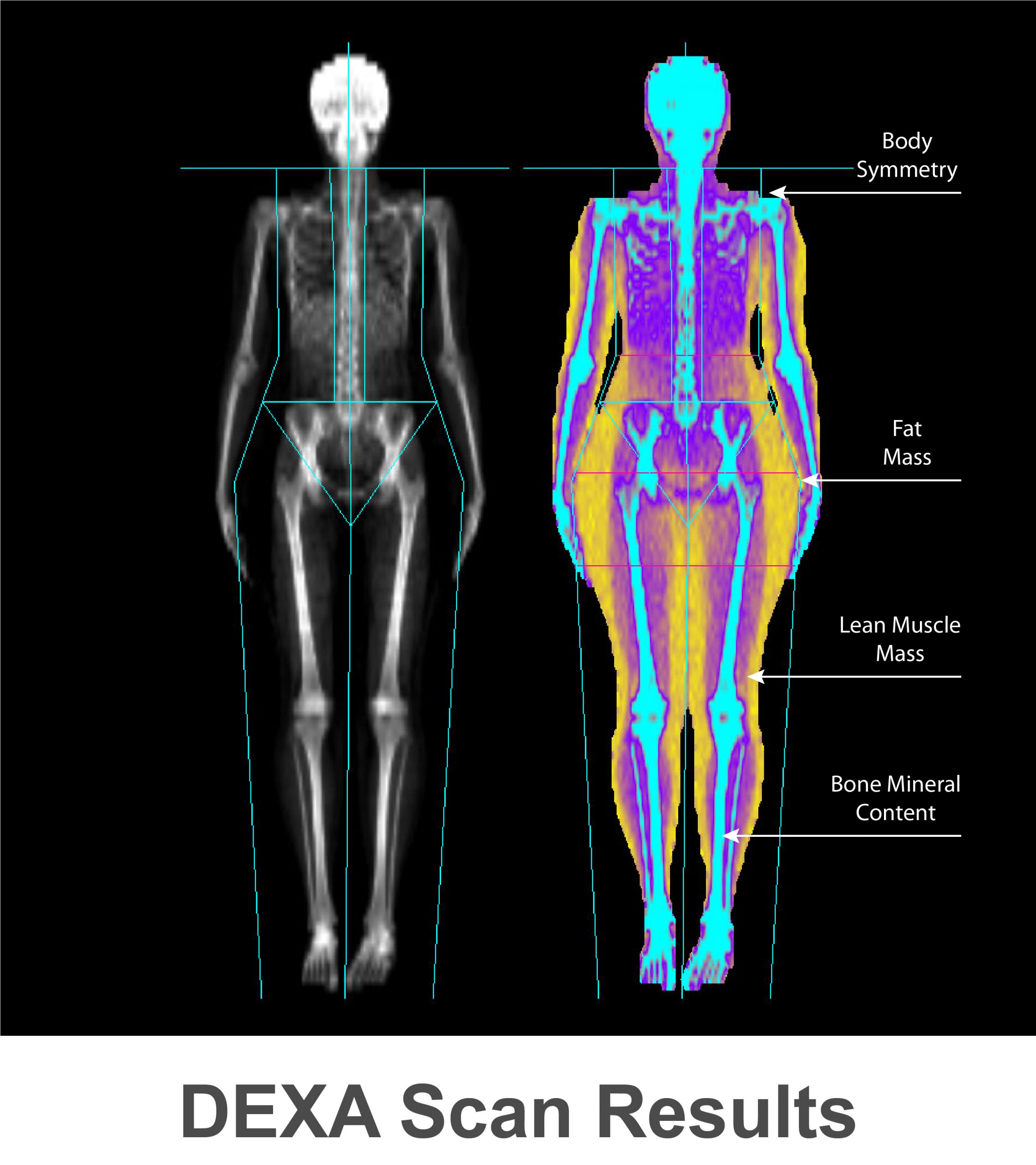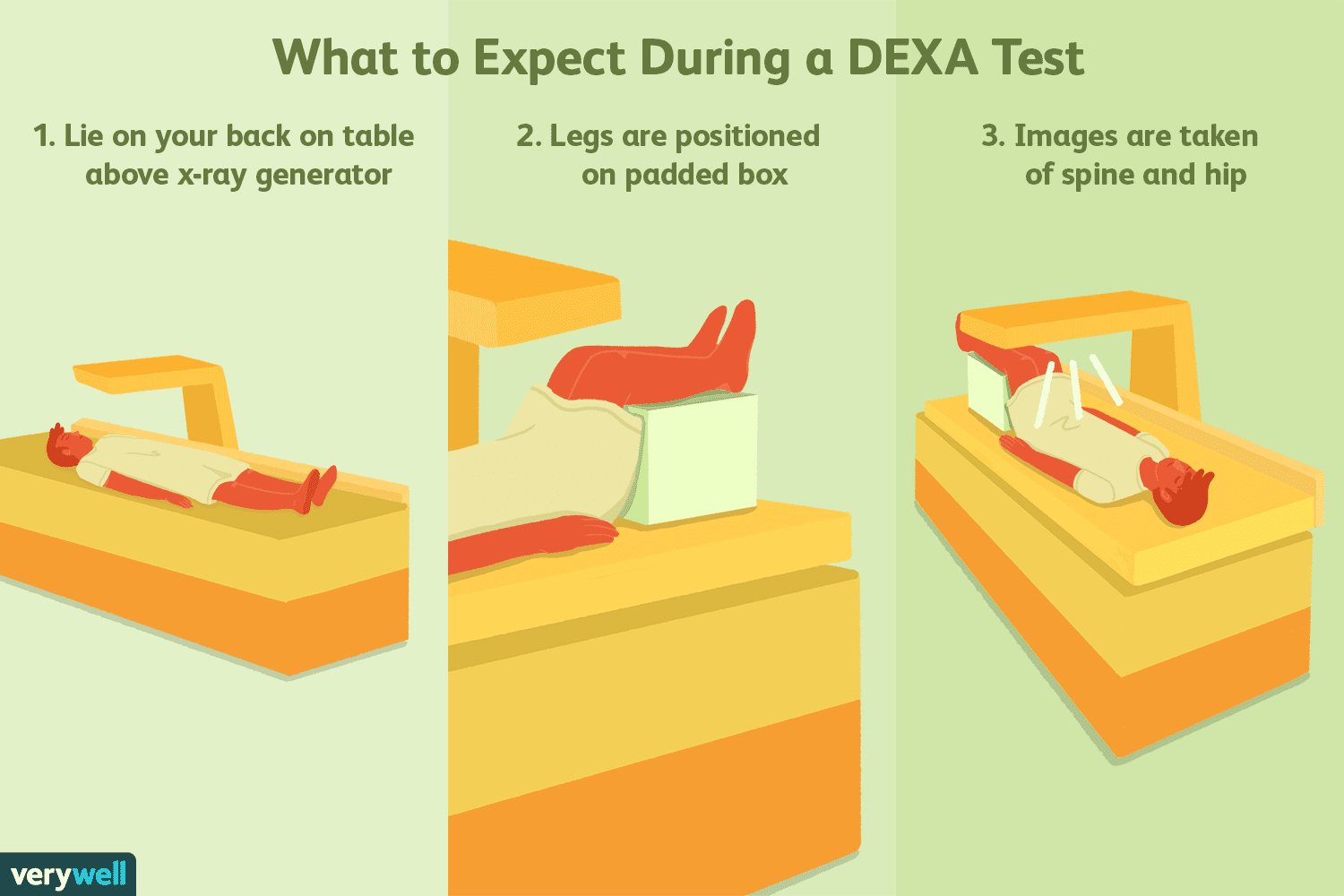
DEXA scan stands for dual energy x-ray absorptiometry. It’s also called a bone densitometry scan.
It uses low dose x-rays to take measurements to work out the strength (density) of your bones.
You have a DEXA scan in the x-ray (radiology) or nuclear medicine department of the hospital. A radiographer does the scan. It takes about 10 – 20 minutes.
You’re not enclosed in a small place as the machine has an arm that hangs over the scanning couch.
Why might you have a DEXA scan?
You might have this scan if you’re having or have had cancer treatment that can cause your bones to get thinner and less dense. This makes them more at risk of breaking (fracturing). This is known as osteoporosis.
For example, women diagnosed with breast cancer may start a hormonal treatment called an aromatase inhibitor  . The side effects of this type of drug includes an increased risk of developing osteoporosis later on.
. The side effects of this type of drug includes an increased risk of developing osteoporosis later on.
Your doctor might use an assessment tool to work out your risk of osteoporosis. The tool looks at a number of different factors including age, history of fractures, bone density, and other conditions you may have such as rheumatoid arthritis or type 1 diabetes.
Preparing for your DEXA scan
There is no special preparation for a DEXA scan. You can eat and drink normally beforehand and take any medicines as normal.
You might need to fill out a questionnaire beforehand. You’re either sent it to fill in at home or they might ask you to fill it in when you arrive in the department for your scan. Some of the questions include:
- are you still having periods?
- are you on treatment to strengthen your bones?
- are you on medication that might thin your bones such as steroids?
- do you smoke?
- do you drink alcohol?
If you are pregnant or think you may be pregnant you should tell the department before your appointment. X-rays from a DEXA scan could affect your developing baby.
What happens
Before the test
When you arrive the radiographer will measure your height and weight. This is put into the computer to accurately calculate your bone density.
The radiographer might ask you to change into a hospital gown, but you can usually have this scan in your own clothes. They’ll also ask you to remove any metal objects on your clothes like zips, belts, clasps, bras and piercings.
During the test
You usually lie on the scanning couch on your back. The radiographer will help you get onto the couch and into the right position.
The radiographer then lines the machine up to make sure it’s in the right place. You must keep very still while you are having the scan. Let them know if this will be a problem.
The radiographer is usually in the room for this scan, so you won’t be alone.
The DEXA scan takes x-rays. These are painless and quick so you won’t feel anything.
When the radiographer is ready they start the scan. It usually passes over your hips and the lower part of your spine. They may scan your forearm if you have had a hip replacement.
After the test
After the DEXA scan you can get dressed and go home or back to work.
Possible risks
The amount of radiation you receive from a DEXA scan is small and doesn’t make you feel unwell.
The risk of this radiation causing any problems in the future is incredibly small. Your doctor will make sure the benefits of having the scan outweigh any risk there may be from radiation.
Talk to your doctor if you’re worried about the possible effects of having a DEXA scan.
Getting your results
You should get your results within 1 or 2 weeks.
Waiting for test results can be a worrying time. You might have the contact details of a specialist nurse. You can contact them for information and support if you need to. It can also help to talk to a close friend or relative about how you feel.






